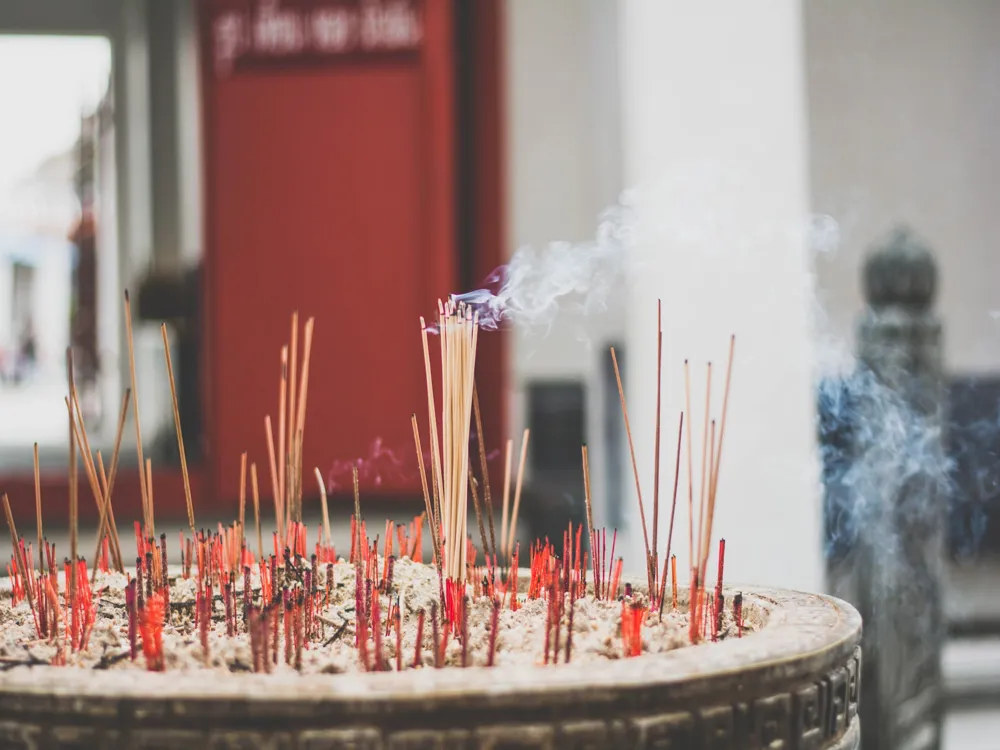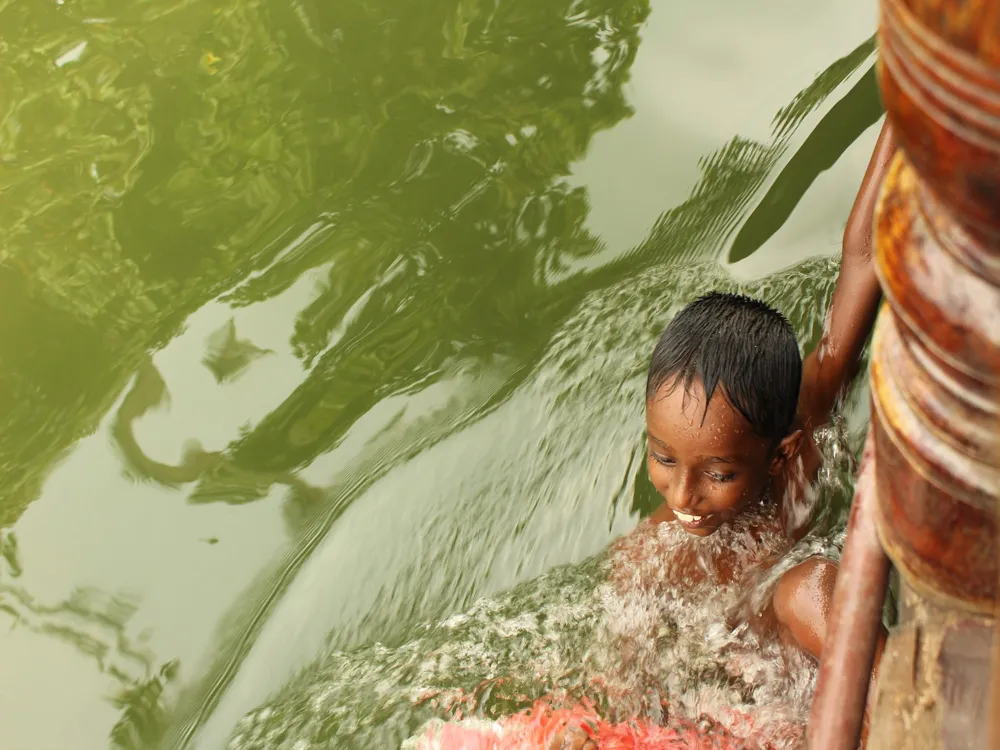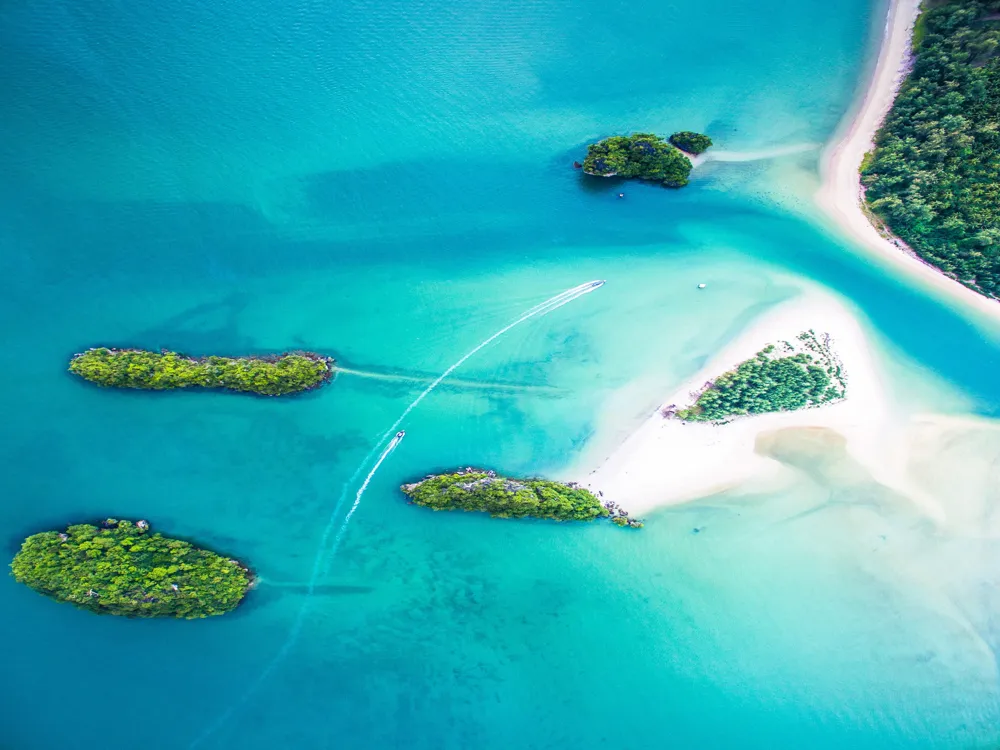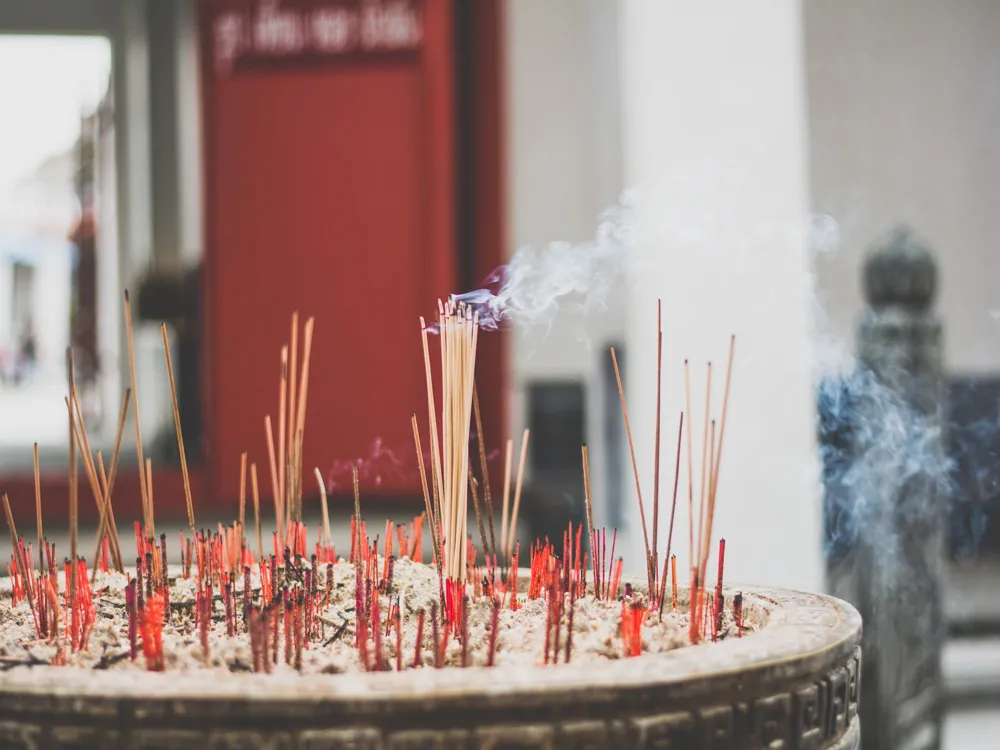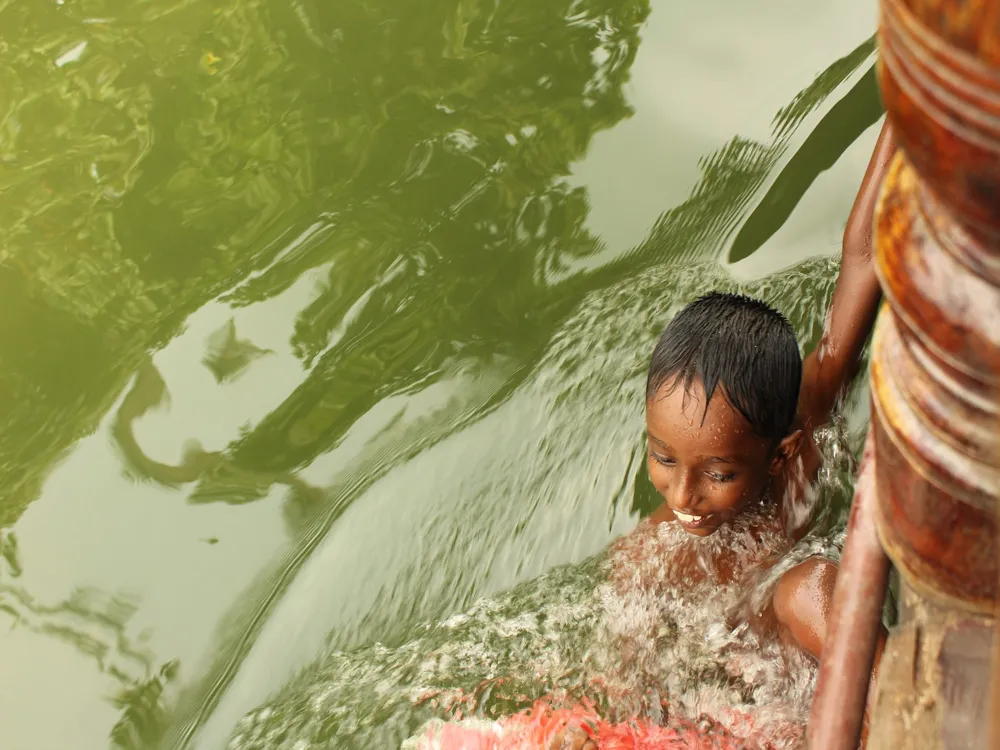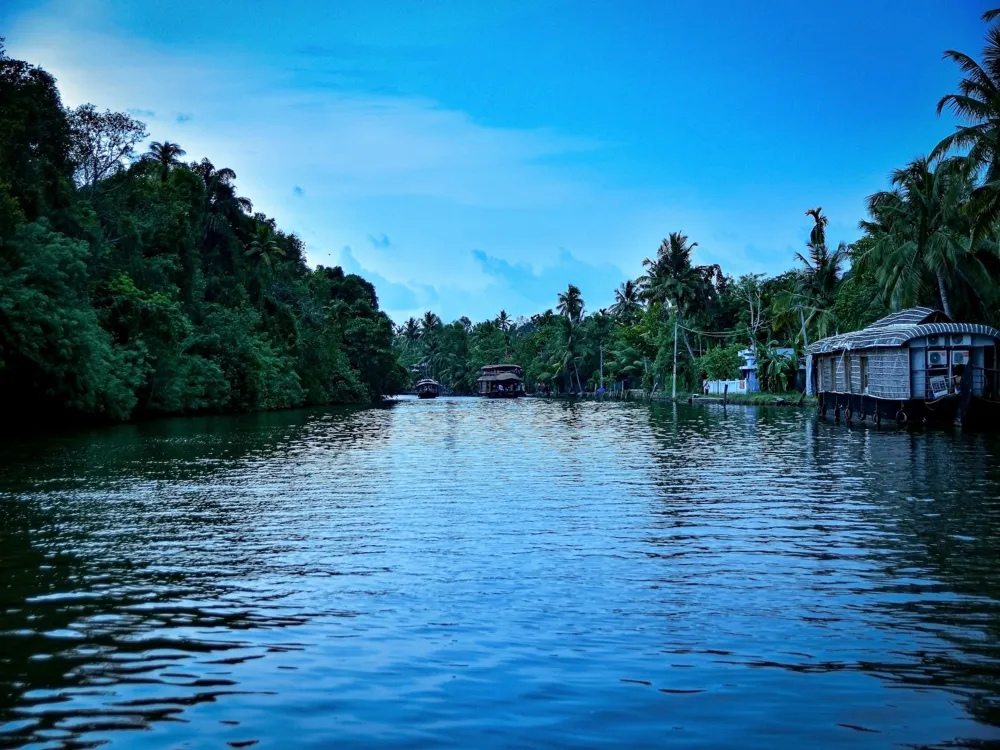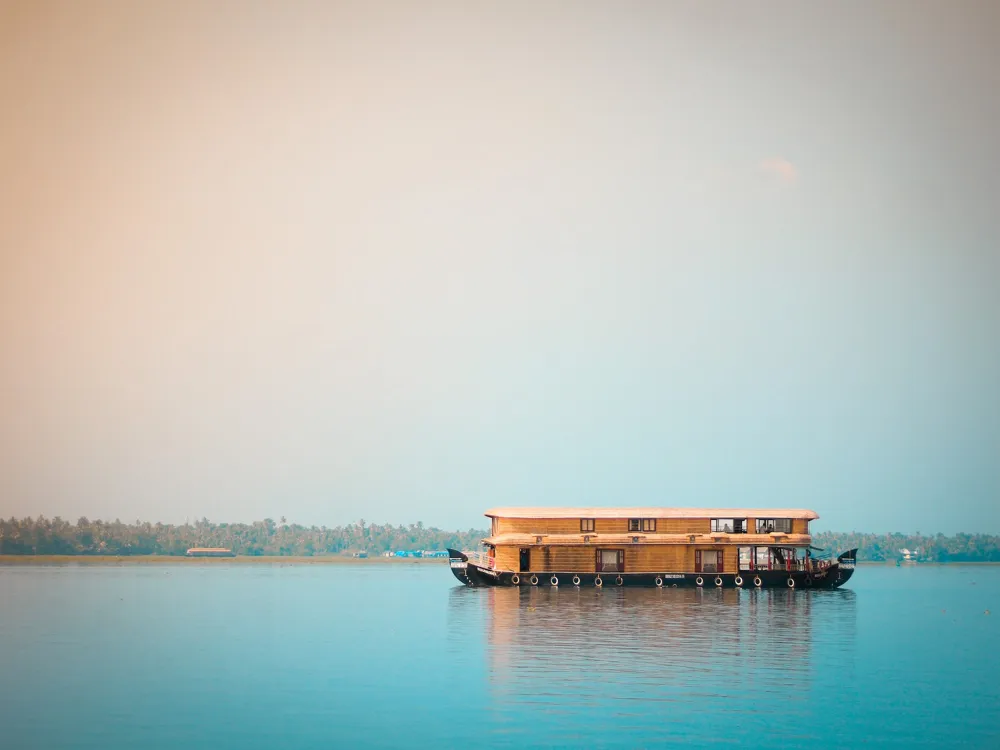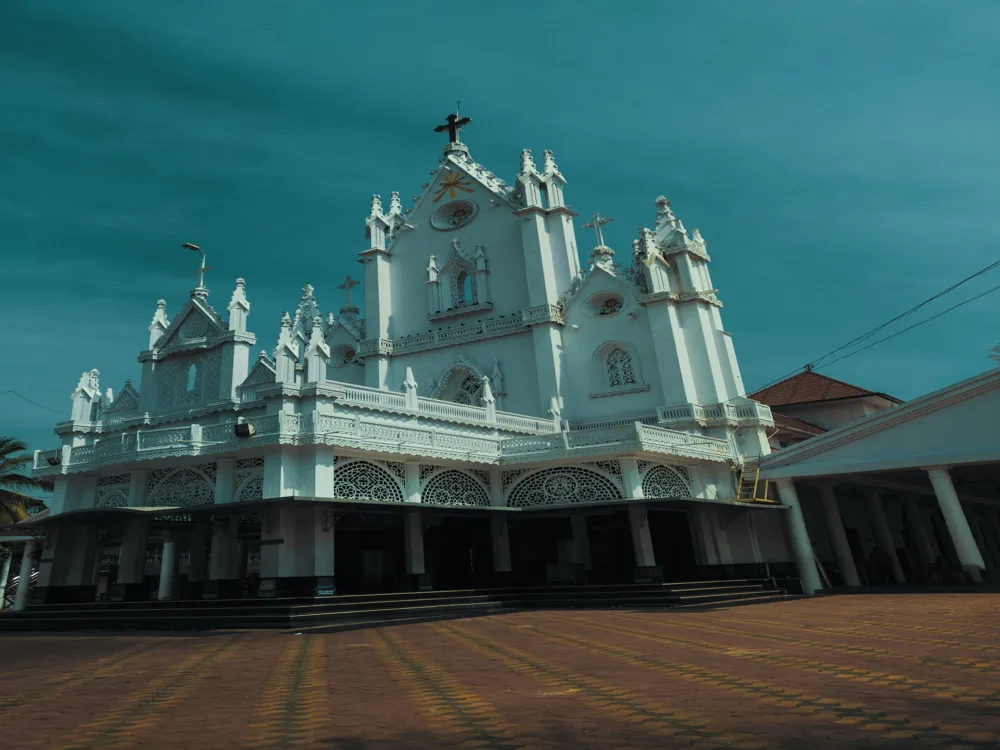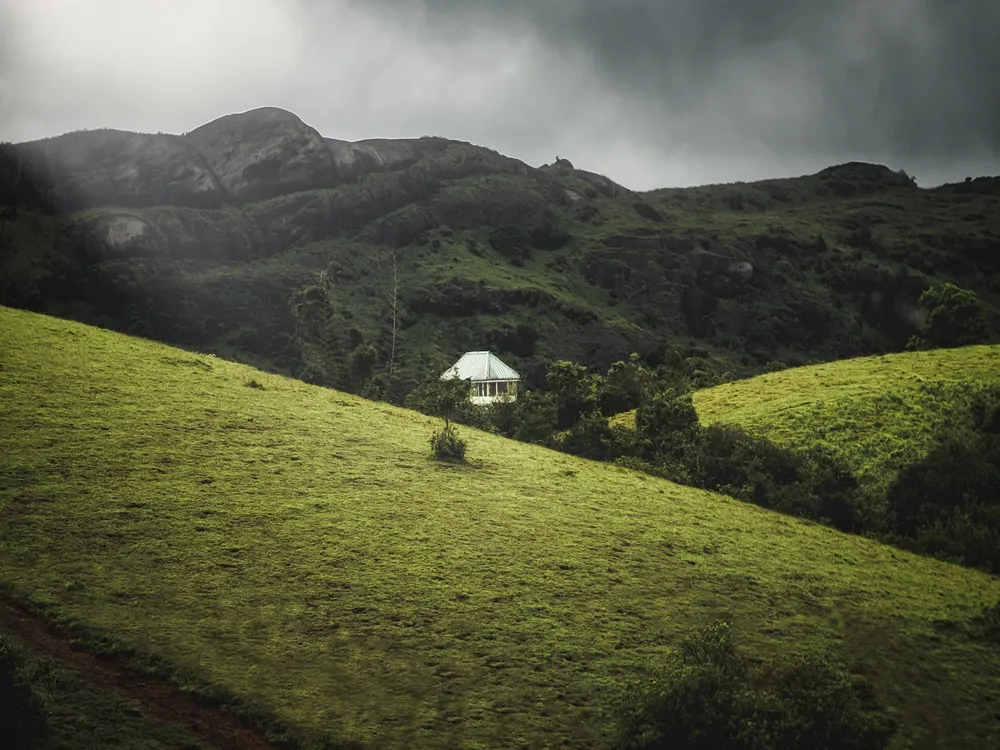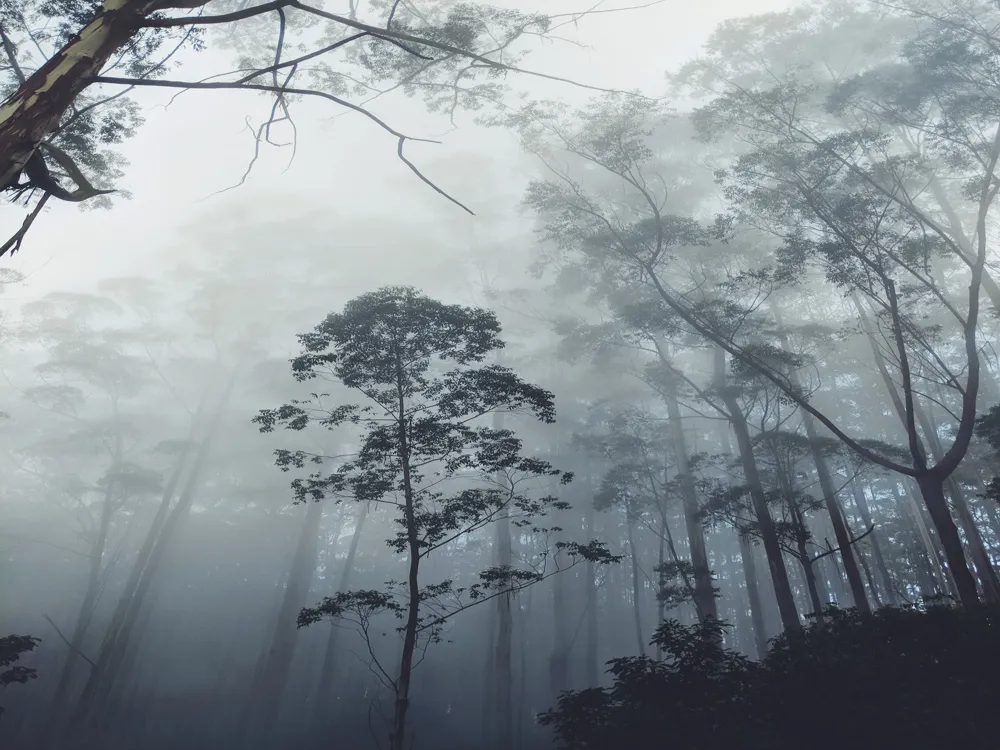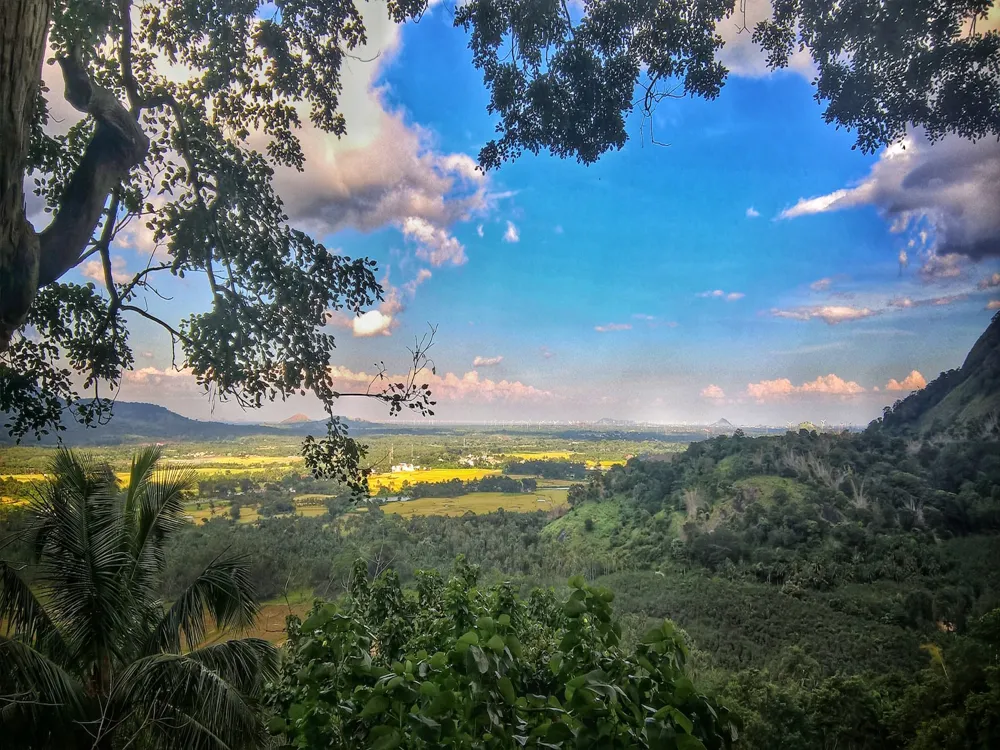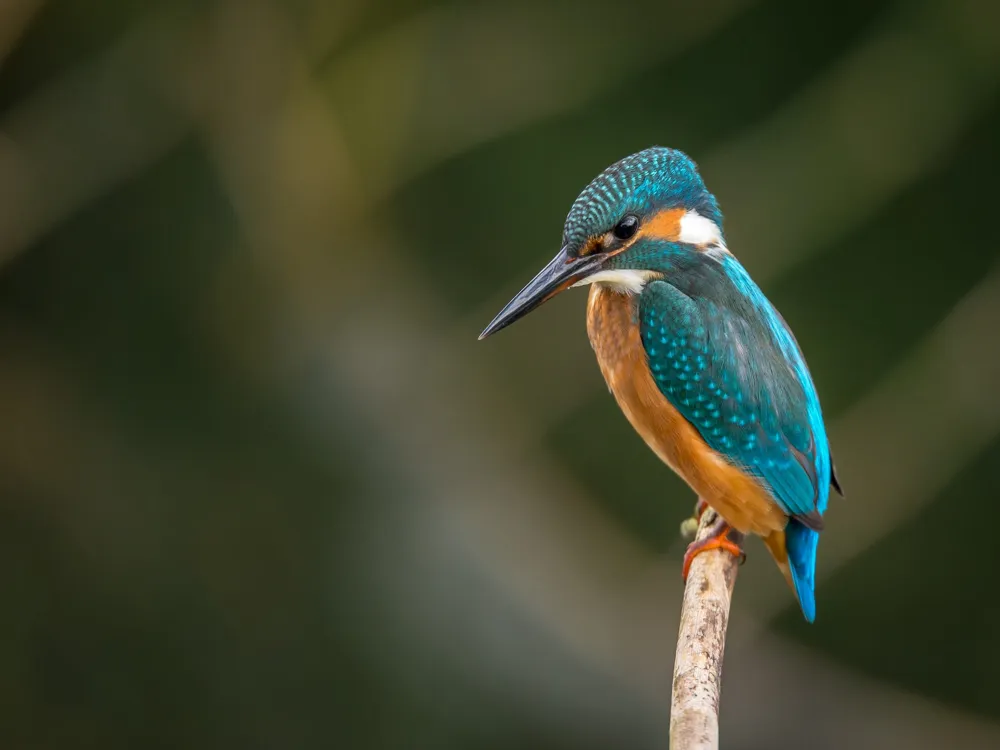Karumadikkuttan, a significant historical and cultural landmark, stands proudly in the serene village of Karumadi near Alleppey, Kerala. This ancient statue, believed to be from the 9th to 14th centuries, represents Lord Buddha in a seated position. The name 'Karumadikkuttan' is fondly given by the locals, signifying the black stone statue of Buddha. The statue, partially damaged, holds immense archaeological and spiritual significance, symbolizing peace, resilience, and the rich heritage of the region. The story of Karumadikkuttan is as fascinating as it is ancient. According to local legends and historical records, this statue was discovered in a neglected state and has since become a symbol of the area's spiritual history. The statue's origins trace back to the ancient Buddhist traditions in Kerala, reflecting the state's historical connection with Buddhism. Over the years, Karumadikkuttan has not only attracted history enthusiasts but also pilgrims and tourists from around the world, drawn to its mystical aura and historical significance. The architecture of Karumadikkuttan is a testament to the skilled craftsmanship and religious art forms of ancient India. The statue, carved out of black granite, showcases intricate detailing, despite the ravages of time and weather. The seated posture of Buddha, with a serene expression, is a classic example of Buddhist iconography. The remnants of the statue, with its head and one hand missing, adds a layer of mystery and intrigue to its presence. The construction techniques and artistic style of Karumadikkuttan indicate a strong influence of the local culture blended with Buddhist artistic traditions. The statue, although simple in its representation, embodies a profound sense of tranquility and spiritual awakening. It stands not just as a religious icon but as a piece of artistic heritage that has withstood the test of time, narrating a story of historical and cultural amalgamation unique to this region of Kerala. The ideal time to visit Karumadikkuttan is between October and March, when the weather in Kerala is most pleasant. This period avoids the heavy monsoon rains and the extreme heat of summer, offering a comfortable environment for exploration. Visitors are advised to maintain the sanctity of the site by dressing modestly and behaving respectfully. Since it is a place of historical and religious importance, maintaining decorum is essential. For photography enthusiasts, the best time for photography is early morning or late afternoon when the soft light enhances the statue's features. Tripods and additional photography equipment are allowed, but drone photography may require special permissions. Engaging a local guide can enhance the experience, as they can provide insightful stories and historical context about Karumadikkuttan that are not widely known. Karumadikkuttan, located in the Alappuzha district of Kerala, is well-connected by various modes of transportation. The nearest airport is Cochin International Airport, approximately 83 km away. From the airport, one can hire taxis or use public transportation to reach Karumadikkuttan. Alappuzha railway station, about 16 km away, is the nearest railhead, connecting major cities in India. Regular bus services are also available from different parts of Kerala, making it easily accessible for visitors. Read More: Overview of Karumadikkuttan in Alleppey, Kerala
Architecture of Karumadikkuttan
Tips When Visiting Karumadikkuttan
Best Time to Visit
Respecting the Site
Photography Tips
Local Guides
How To Reach Karumadikkuttan
Karumadikkuttan
Alleppey
Kerala
₹ 8,999 onwards
View alleppey Packages
Weather :
Tags : Buddhist Temple
Timings : 8:00 AM - 6:00 PM
Time Required : 1 - 2 hrs
Planning a Trip? Ask Your Question
Alleppey Travel Packages
View All Packages For Alleppey
Top Hotel Collections for Alleppey

Private Pool

Luxury Hotels

5-Star Hotels

Pet Friendly
Top Hotels Near Alleppey
Other Top Ranking Places In Alleppey
View All Places To Visit In alleppey
Faq on Alleppey
What is Karumadikkuttan in Alleppey famous for?
Karumadikkuttan in Alleppey is famous for its ancient Buddhist statue, believed to date back to the 10th century.
What is the history behind Karumadikkuttan in Alleppey?
Karumadikkuttan is historically significant as it houses a partially broken statue of Lord Buddha, which is believed to have been carved out of black granite during the 9th or 10th century.
Is Karumadikkuttan Alleppey a popular tourist attraction?
Yes, Karumadikkuttan in Alleppey is a popular tourist attraction due to its ancient Buddhist statue and serene surroundings.
Can visitors get guided tours at Karumadikkuttan Alleppey?
Yes, guided tours are available at Karumadikkuttan in Alleppey, providing visitors with insights into the history and significance of the site.
What are the nearby attractions to Karumadikkuttan in Alleppey?
Nearby attractions to Karumadikkuttan include Ambalappuzha Sree Krishna Temple, Alleppey Beach, and backwater cruises.
View alleppey Packages
Weather :
Tags : Buddhist Temple
Timings : 8:00 AM - 6:00 PM
Time Required : 1 - 2 hrs
Planning a Trip? Ask Your Question
Alleppey Travel Packages
View All Packages For Alleppey
Top Hotel Collections for Alleppey

Private Pool

Luxury Hotels

5-Star Hotels

Pet Friendly
Top Hotels Near Alleppey
Other Top Ranking Places In Alleppey
Faq on Alleppey
What is Karumadikkuttan in Alleppey famous for?
Karumadikkuttan in Alleppey is famous for its ancient Buddhist statue, believed to date back to the 10th century.
What is the history behind Karumadikkuttan in Alleppey?
Karumadikkuttan is historically significant as it houses a partially broken statue of Lord Buddha, which is believed to have been carved out of black granite during the 9th or 10th century.
Is Karumadikkuttan Alleppey a popular tourist attraction?
Yes, Karumadikkuttan in Alleppey is a popular tourist attraction due to its ancient Buddhist statue and serene surroundings.
Can visitors get guided tours at Karumadikkuttan Alleppey?
Yes, guided tours are available at Karumadikkuttan in Alleppey, providing visitors with insights into the history and significance of the site.
What are the nearby attractions to Karumadikkuttan in Alleppey?
Nearby attractions to Karumadikkuttan include Ambalappuzha Sree Krishna Temple, Alleppey Beach, and backwater cruises.








